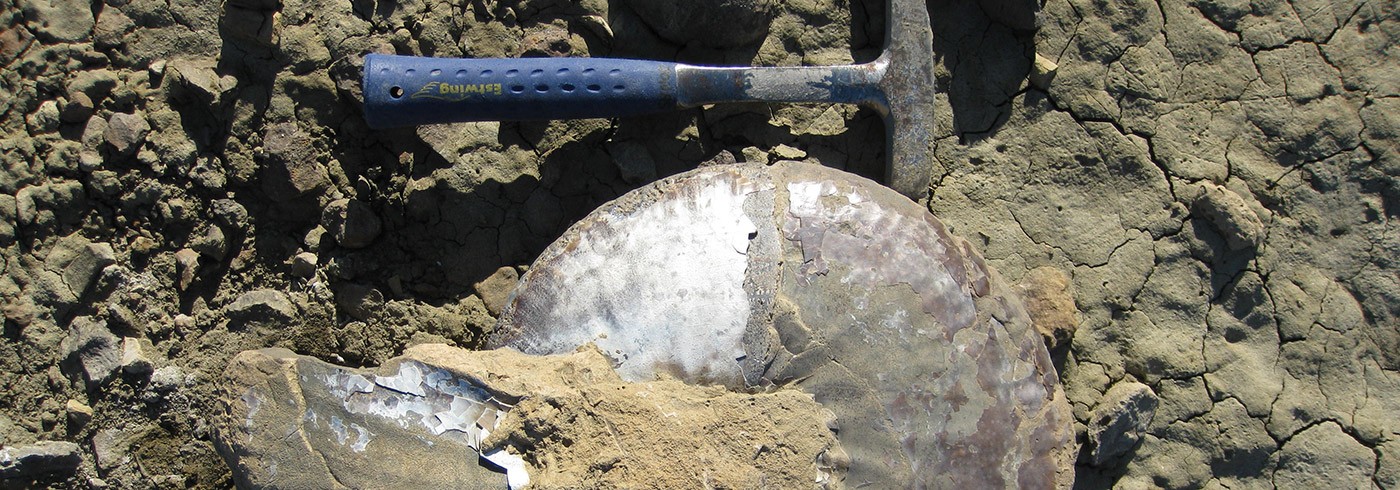Did vertebrates live in North Victoria Land 175–251 million years ago?
14 December 2015 - 20 February 2016
The GANOVEX “Palaeo-Team”:Thomas Mörs and Benjamin Bomfleur at Mount Carson in the Mesa Range. Photo: Dion Parker
170 million years ago Antarctica was part of the Gondwana supercontinent, along with South America, Africa, Australia, New Zealand and India. This supercontinent broke up due to continental drift, and now, millions of years later, the separate continents have reached their present positions. Sedimentary basins, i.e. erosion residue preserved in sinks in the rock units, have been found in the Northern Transantarctic Mountains. These sedimentary basins can be seen as a historical archive by means of which it is possible to link South Victoria Land with New Zealand.
During the GANOVEX XI expedition the researchers travelled to North Victoria Land, one of the least studied areas of eastern Antarctica, to determine whether land-dwelling animals or organisms were present 174–251 million years ago, and whether conditions favourable to finding fossil vertebrates exist there.

Field work in Triassic sediments at Mount Carson. In the background exposed flood basalts of the Mesa Range. Photo: Thomas Mörs
The researchers wanted to visit this inaccessible location because previous GANOVEX expeditions had found indications that there could be sediment from the Triassic around the Helliwell Hills in the Usarp Mountains range. In addition, the Deep Freeze Range and Mesa Range exhibit rock units similar to those in South Victoria Land, where other researchers have found fossil vertebrates.
The units were studied using geological mapping, and the researchers collected rock and sediment samples for analysis. Helicopter support enabled the researchers to reach extremely remote sites where palaeontological fieldwork has seldom, if ever, been carried out before.
The initial results indicate that some areas in the Helliwell Hills, which had previously been mapped as granites/metamorphics and sediments from the Permian period (251–299 million years ago), in fact consisted of 200–251 million-year-old Triassic units, and probably included units from the Jurassic period (146–200 million years ago) as well. The researchers also found evidence that fossil vertebrates may be present in the Deep Freeze Range and Archambault Ridge.

Unloading participants and equipment from the research vessel M/V Italica onto the sea ice of the Terra Nova Bay. The Italian research station Mario Zucchelli is visible in the background. Photo: Thomas Mörs




